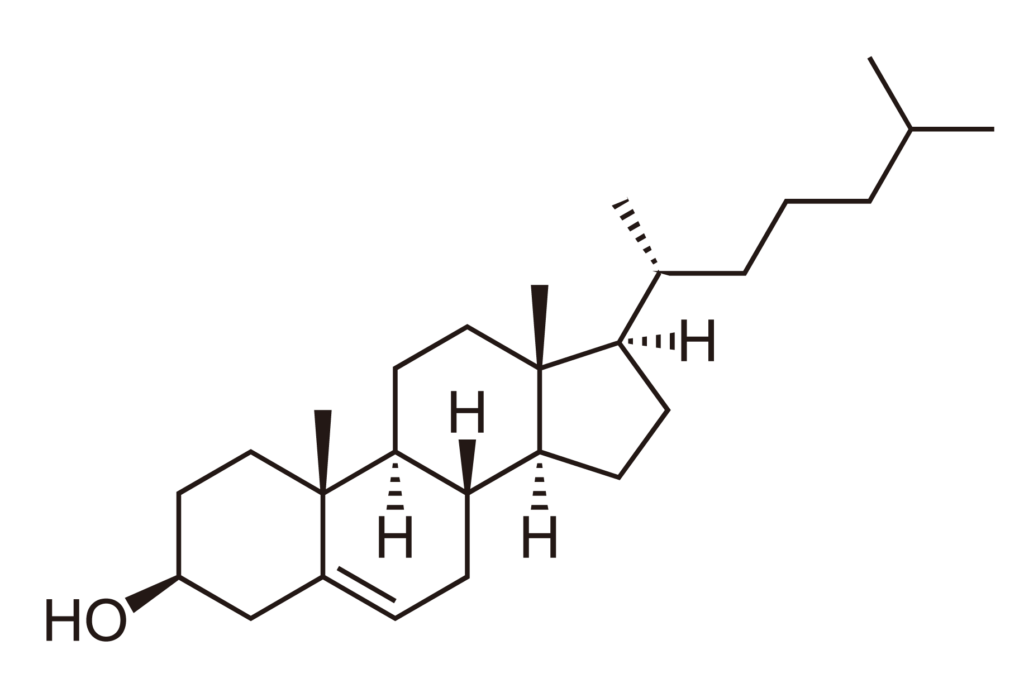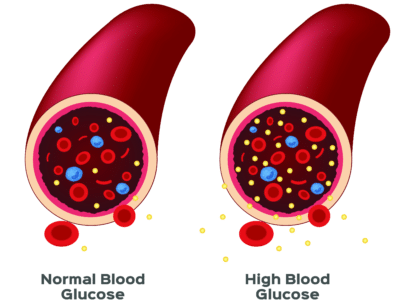Study: Zetia Could Lower Alzheimer’s Disease Risk
Article at a Glance
- A University of Arkansas study suggests that ezetimibe, a cholesterol-lowering drug, could reduce Alzheimer’s disease risk.
- Researchers found that ezetimibe disrupts the interaction between two proteins, 14-3-3 Gamma and Hexokinase 1, which are linked to harmful protein aggregates in the brain.

A cholesterol-lowering drug ezetimibe could lower Alzheimer’s disease risk
A new study from the University of Arkansas (Ganne et al., Ageing Biology 2024) suggests that a well-known cholesterol-lowering drug ezetimibe could significantly reduce the risk of Alzheimer’s disease and related dementias.
The lead up and proposed mechanism
Protein aggregates are often found in the brains of people suffering from Alzheimer’s and other neurodegenerative diseases. In this study, researchers isolated such aggregates from the post-mortem brains of Alzheimer’s patients – specifically, from the part of the brain known as the hippocampus. They also isolated such aggregates from the hippocampi of people with heart disease and of those who died from unrelated conditions (“controls”). Researchers then used mass spectrometry to study the proteins found in these aggregates.
As expected, there were more protein aggregates found in the brains of Alzheimer’s patients than in the controls. Examining the contents of these aggregates, researchers have focused on two proteins, 14-3-3 Gamma and Hexokinase 1, which were enriched in the aggregates found in the brains of Alzheimer’s patients. These two proteins play various important roles in the cells, but their accumulation in the aggregates is a pathological process whose mechanism is not fully understood. Using computational analysis of protein contacts, the authors further predicted that these two proteins could interact selectively in diseased brains.
To prove that the 14-3-3 Gamma protein was not just some random passenger in the aggregates, but potentially contributed to their formation, researchers then turned to the microscopic worm C.elegans. They showed that deleting a protein related to 14-3-3 Gamma in the worm genome reduces the formation of aggregates in this organism.
The authors then used computational modelling of protein structures to reconstruct how 14-3-3 Gamma and Hexokinase 1 interact in human aggregates. This information then allowed them to screen the databases of approved drugs for molecules that could disrput this interaction. One of the top candidates was ezetimibe, an established cholesterol-lowering drug that is often used in combination with statins (or on its own when statins cannot be taken).
Researchers then used human neuronal cells grown in Petri dishes to prove that ezetimibe indeed blocks the interaction between 14-3-3 Gamma and Hexokinase 1. They also showed that more generally, ezetimibe reduces the amount of aggregates in the special strains of cultured human cells and C.elegans worms that are prone to forming them. The authors provided evidence that this may have something to do with 14-3-3 Gamma, as it regulates an recycling process in the cell called autophagy, which can potentially get rid of protein aggregates.
Human data is promising
But does ezetimibe protect from Alzheimer’s disease in humans? To provide initial evidence for this, the authors used a database of public health records, which contained information on patients’ diagnoses and prescribed medicines.
Comparing the percentages of people diagnosed with Alzheimer’s disease between those who were prescribed and not prescribed ezetimibe, the authors found a remarkable 7-fold difference in favour of the people taking the drug. They therefore concluded that ezetimibe could be protective of Alzheimer’s disease, potentially by disrupting the interaction of 14-3-3 Gamma with Hexokinase 1 associated with protein aggregates.
A number of questions still remain
First, the idea of repurposing cholesterol-lowering drugs as treatments for Alzheimer’s disease has been around for some time. The strong link between the mutant form of the ApoE protein involved in cholesterol metabolism and the risk of Alzheimer’s has made this an obvious approach to try. The results, however, were mixed at best (reviewed in Grabowska et al., Front Pharmacol 2023). For example, a study in mice (Yogita et al., Ind J Pramacol 2009), as well as a number of others, also highlighted ezetimbe’s neuroprotective effects. In contrast, a statistical approach based on observational data known as Mendelian randomization has shown that ezetimibe is unlikely to have a significant effect on Alzheimer’s risk (Williams et al., Ann Neurol 2020).
Why were the results so different between the studies? This could be because of the differences in the statistical approaches and patient cohorts. Also, observational data cannot fully account for any inherent differences between people who were prescribed cholesterol-lowering drugs in the past and those who were not. This is why a randomized control trial would be needed to obtain a more conclusive evidence. In this experimental setup, volunteers are randomly allocated to groups that are given either ezetimibe or placebo, and their incidence of Alzheimer’s disease (or its progression) is then monitored in real time. Since it’s currently unclear for how long ezetimibe needs to be taken and in what doses to reduce Alzheimer’s disease risk – and how much reduction is expected, multiple randomized control trials, some of which potentially long-term, will be required to establish this.
Secondly, before using a drug in clinical practice, it is often desirable to understand the mechanism by which it works. This could help foresee potential contraindications, as well as predict patient cohorts, in which the drug would be most effective, to use as a starting point in a randomized control trial. In the case of ezetimibe, however, this is not entirely clear. The study shows that ezitimibe can reduce the formation of protein aggregates, at least in cultured human cells and in worms, potentially by disrupting the interaction between two proteins found in them. But if ezitimibe does reduce Alzheimer’s risk, does it have anything to do with its direct effect on protein aggregates? Alternatively, could this result from its function as a cholesterol-lowering drug, consistent with the connection between ApoE genetics and Alzheimer’s risk?
Finally, while protein aggregates are indeed the hallmark of Alzheimer’s and other neurodegenerative diseases, it is not currently clear whether they cause any of their symptoms or are just a by-product of these conditions. A case in point is the controversy around aducanumab: a drug that is very effective in dissolving the amyloid aggregates found in Alzheimer’s, but much less so in reducing the severity of the symptoms and slowing down disease progression (reviewed in Wojtunik-Kulesza et al., Int J Mol Sci 2023). From this perspective, it is noteworthy that the authors found similar amounts of protein aggregates in the postmortem brains of Alzheimer’s and heart disease patients, while only the former had severe neurological symptoms.
Overall, the jury is still out whether ezetimibe has a role to play in Alzheimer’s disease prevention or treatment. However, given that this drug has already been proven safe and is readily available, it is certainly an attractive avenue to explore further.



